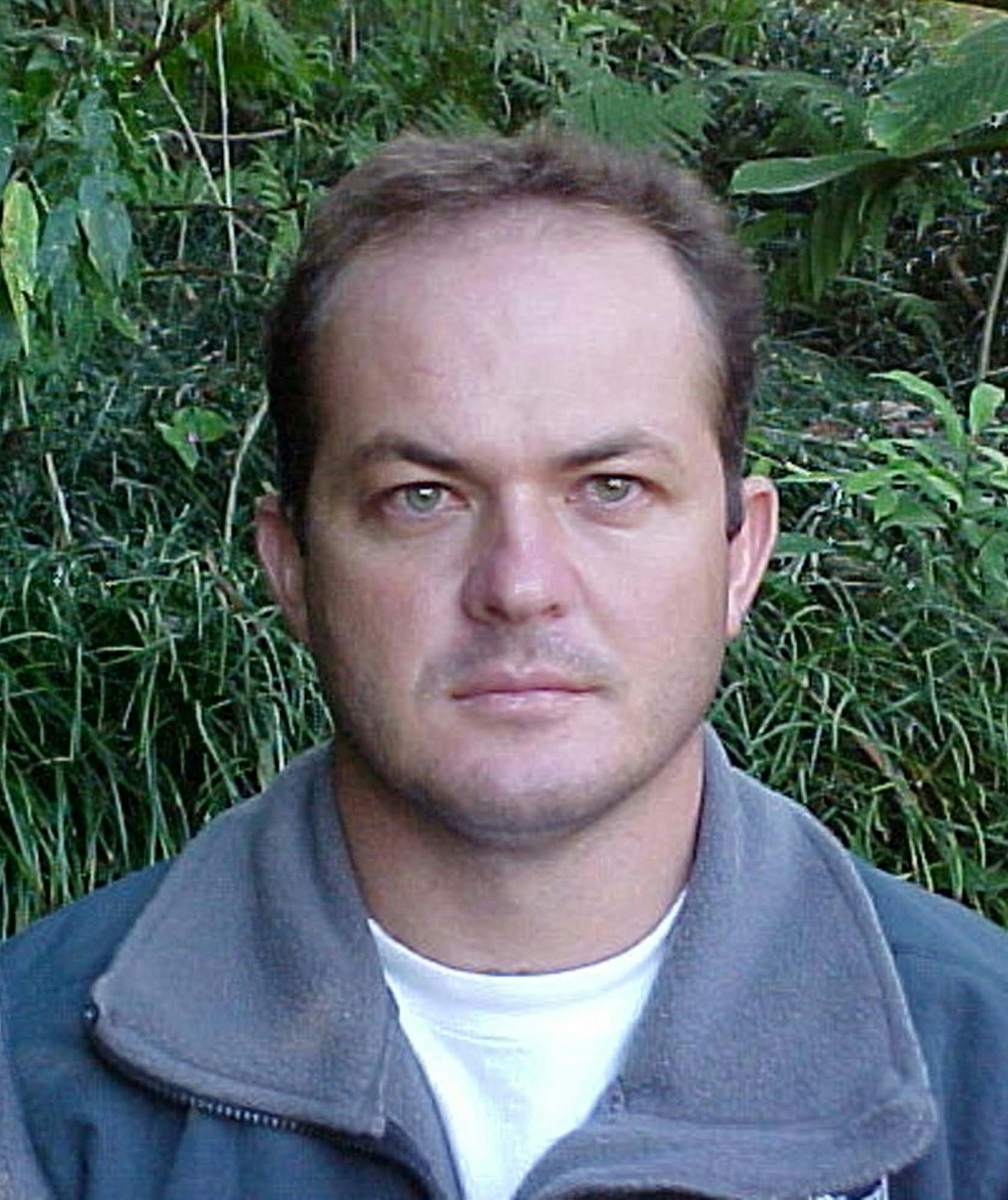The conservation status of jaguars, pumas and tapirs and their potential as indicator species in the Brazilian Atlantic Forest
The Atlantic Forest of Brazil, which has been reduced to about 7% of its original size, is believed to harbour nearly 7% of the world’s species, many of which are endemic and threatened with extinction.
The remaining forest fragments still support an outstanding diversity of species, including the Critically Endangered black lion tamarin, jaguar, ocelot, puma, tapir, white-lipped peccary and Blue-and-yellow Macaw. However, farming practices of rural communities are causing biodiversity loss as forest edges are eroded by fires, cattle grazing, the spread of invasive plants and the use of pesticides. Moreover, the isolated forest patches are now too small to maintain their ecological integrity.

Laury Cullen has worked with the Brazilian environmental organisation, IPE, for over a decade, and is now their Research Coordinator. A Masters graduate of the Tropical Conservation and Development Programme from the University of Florida, he passionately believes that the best way to protect species in nature is to approach the task at the landscape level. Such an approach combines scientific study and biodiversity management with human activities.

To conserve this ecosystem, Laury has determined that there needs to be a halt to deforestation, the impact of human activity on the forest edge must be reduced and the genetic exchange between surviving fragments needs to be possible to ensure the survival of endemic species. These outcomes can only be achieved by working with the local communities, which in the case of Pontal de Paranapanema, includes mainly new settlers.
Laury has forged a strong alliance with the Sem Terra settlers movement and its local Director has developed a great enthusiasm for jaguar conservation, often assisting Laury in the field. Settlers are learning that they are key to halting deforestation of the Atlantic Forest and are learning to recognise the value in facilitating the long-term stewardship of their new lands. They are now working with Laury to plant endemic and economically useful trees across their properties, particularly on the forest edge and between fragments. By developing buffer zones consisting of agroforestry parcels around primary forest, they are helping to ease conflicts with wildlife and reduce forest edge erosion.

Elsewhere, locals are planting stepping stones. These are small patches of trees rich in certain flowering and fruit-bearing species that increase connectivity among forest fragments, thus, contributing to the genetic flux of many species by promoting animal and plant dispersal. Buffer zones and stepping stones, both of which provide resources for the community, are helping to save the forest itself.
Laury Cullen received a Rufford Small Grant in 1999 for his earlier work with jaguars and pumas in the Atlantic Forest, which involved using radio-collared animals to provide information about these animals’ movements and territorial ranges. This initial research developed into a broader project for which Laury won the Whitley Gold Award in 2002, followed by several rounds of Continuation Funding.
PROJECT UPDATE
2020 Continuation Funding
Project: Large-scale restoration and carbon sequestration in Brazil’s Atlantic Forest
Nature-Based Solutions Award: £100,000 over 2 years
Since 1990, the world has lost a staggering 178 million ha of forest. Yet forests are some of the most biodiverse environments on earth and have the potential to reduce greenhouse gas emissions by 20%.
In Brazil, the largest remnants of Atlantic Forest lie in the Pontal do Paranapanema area of western São Paulo state. Originally a 246,080 ha public forest reserve, it has been fragmented by large-scale cattle ranching and sugarcane plantations. This problem has been exacerbated by the government’s agrarian reform, which has promoted farming settlements and habitat degradation in some of the last remaining natural areas. Keystone species like the Endangered black lion tamarin are under threat, along with the jaguar, tapir, ocelot and king vulture.
With the support of this Continuation Funding, Laury and his team will implement large-scale forest restoration as a nature-based solution. They will replant 500 ha of forest corridors to connect existing habitat, offsetting approximately 43,000 tons of carbon. This will be achieved in collaboration with both large landowners and also communities, who will have the opportunity to earn an income through restoration services, community nurseries and biodiversity monitoring.
Laury’s project builds on three decades of expertise in habitat restoration. It has the potential to mitigate a sizeable amount of carbon while preserving precious endemic wildlife and yielding social benefits for people.
Image credits: Rolex Awards for Enterprise



